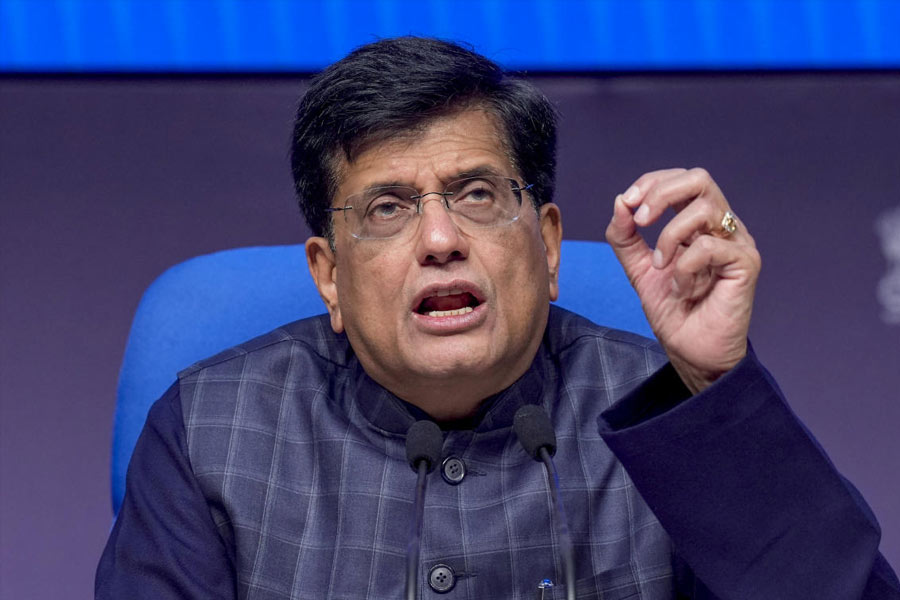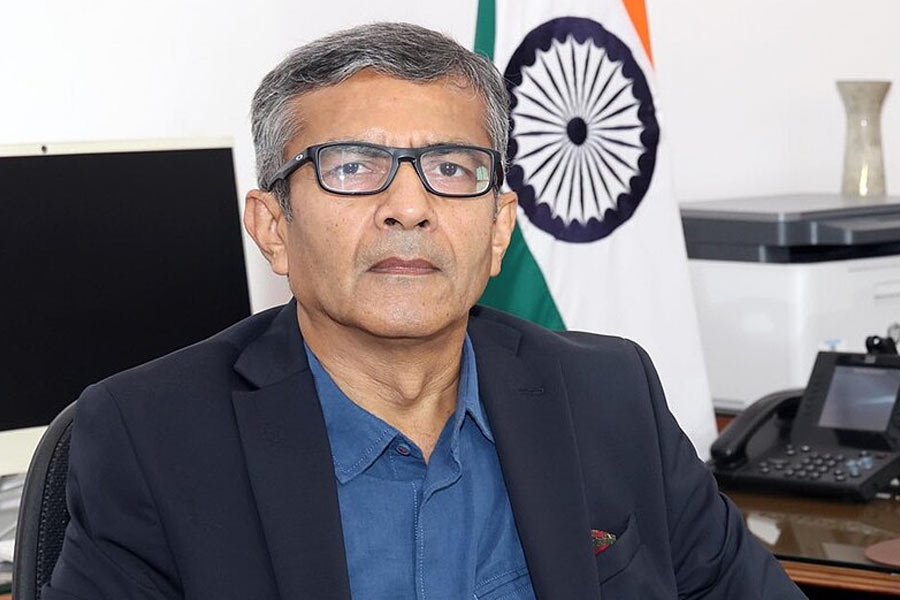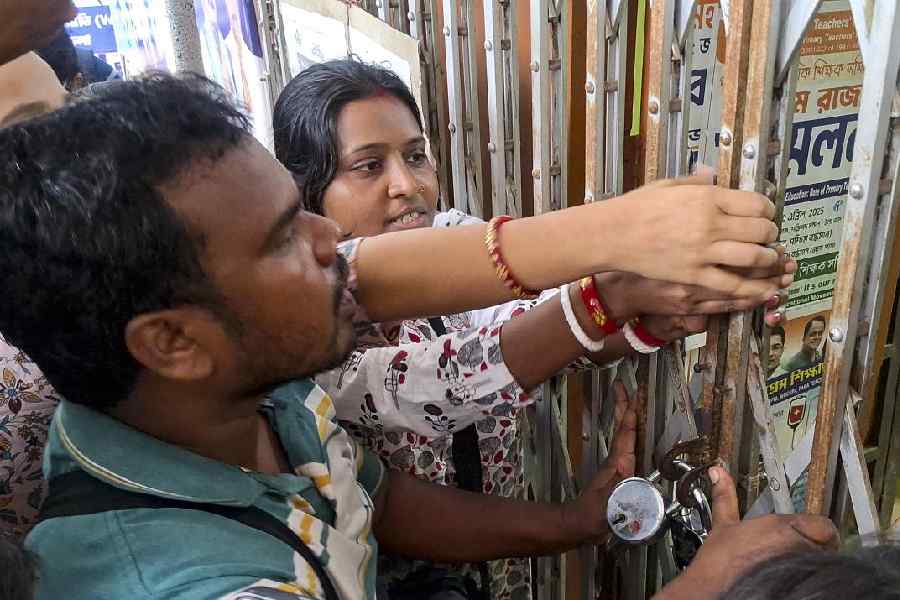 |
| ALL’s not well |
Calcutta, May 20: There is a downside to the Corus acquisition for Tata Steel: its raw material security cover has been blown to bits.
Tata Steel — the largest private sector steel producer in India with a capacity of 5 million tonnes a year — has been one of the lowest cost producers in the world.
The enviable achievement has been built on the strength of its captive iron ore and coal mines.
Before the acquisition, 80 per cent of its steel was produced using captive iron ore and coal. This meant that Tata Steel was virtually insulated against the wild swings in global iron ore and coal prices.
Not any more. In a presentation to analysts last week, Tata Steel admitted that its overall raw material security had plummeted to 17 per cent after the Corus acquisition because the Anglo-Dutch steelmaker has virtually no coal or iron ore assets.
After the buyout, Tata Steel’s production has swelled from 5 million tonnes a year to 23 million tonnes — but without a concomitant increase in its key inputs.
However, the company has pointed out that the fifth largest steelmaker in the world would regain some control over key raw material assets over the next three to five years when the brownfield expansion at Jamshedpur in Jharkhand and the new plant at Kalinganagar in Orissa go onstream.
In Jamshedpur, the company plans to double the capacity to 10 million tonnes. In the first phase, which is due to be completed by June next year, the steel production capacity will rise to 6.8 million tonnes.
At Kalinganagar, the company is putting up a 6-million-tonne plant. The project has made significant progress with the land lease deed executed, final environmental clearance obtained and contracts signed for the iron and steelmaking facility.
The company believes that once these projects take shape, the combined entity will have a production capacity of 34 million tonnes a year, buttressed by a 40 per cent raw material security.
Tata Steel is expecting significant new mining leases for captive consumption in both Jharkhand and Orissa for the Jamshedpur and Kalinganagar projects.
Industry observers believe that Tata Steel-Corus may remain vulnerable to the vagaries of iron ore and coal prices in the short term unless it acquires mines abroad.
“Tata Steel had the captive sources to meet 100 per cent of its iron ore requirements and 60 per cent of its coal needs. As the world prices of these commodities rose, the prices of steel also zoomed. So, Tata Steel benefited most from the high steel prices as its own cost of raw material rose only marginally,” an observer said.










